Hi all,
Can anyone tell me as to what would be the percentage of basic in the gross salary(If there is no DA present).Moreover i've been trying out for a formula to calculate attrition rate.Plz help.
Regards,
Aparna
From India, Hyderabad
Can anyone tell me as to what would be the percentage of basic in the gross salary(If there is no DA present).Moreover i've been trying out for a formula to calculate attrition rate.Plz help.
Regards,
Aparna
From India, Hyderabad
Derar Aprans, Basic is aprrox 43% of gross , although there is no fixed rule to it. chhers! Monika
From India, Delhi
From India, Delhi
Dear Aparna, If you calculate retention in your org. you can straight away minus it from 100 to get attrition rate.
Hi Aparna Let me share how we calculate attrition here: no of employees leaving in the month divided by total no of employees on board that month *100. Hope that helps you in some way. Cheers Pooja
From India, Delhi
From India, Delhi
Aparna,
There is no fixed percentage, though most companies keep it between 35-40 %.
You also need to keep in mind that other calculations (PF contribution, leave encashment, payment of gratuity etc) are all calculated from the basic salary, so if it too high, the outflow for the company will increase.
Rgds,
Atul
There is no fixed percentage, though most companies keep it between 35-40 %.
You also need to keep in mind that other calculations (PF contribution, leave encashment, payment of gratuity etc) are all calculated from the basic salary, so if it too high, the outflow for the company will increase.
Rgds,
Atul
Dear Aparna,
There is no percentile relation as such between gross salary & basic. Rather the other components of salary have %relation with basic salary.
The formula of Attrition rate is:
(No. of employees on muster roll,who left in particular period/ No. of Employees on muster roll in that period )*100
Hope the answer satiate your quench.
Ekta
From India, Ahmadabad
There is no percentile relation as such between gross salary & basic. Rather the other components of salary have %relation with basic salary.
The formula of Attrition rate is:
(No. of employees on muster roll,who left in particular period/ No. of Employees on muster roll in that period )*100
Hope the answer satiate your quench.
Ekta
From India, Ahmadabad
hi Atul...
I have joined an organisation 3 months back and am the only HR person here......all the activities related salay,etc are taken care by the Accounts deppt. I am basicaly making formats of Travel,Leave,etc and implementing them and taking care of Administration but I want to have some knowledge that how is the salary structure made and what are the breakups.......
I would be greatful if you could also guide me what else can I do in my company as my boss wants me to implement few new things..
Hope you'll guide me in this area...
Thakks and regards
Garima
From India, Gurgaon
I have joined an organisation 3 months back and am the only HR person here......all the activities related salay,etc are taken care by the Accounts deppt. I am basicaly making formats of Travel,Leave,etc and implementing them and taking care of Administration but I want to have some knowledge that how is the salary structure made and what are the breakups.......
I would be greatful if you could also guide me what else can I do in my company as my boss wants me to implement few new things..
Hope you'll guide me in this area...
Thakks and regards
Garima
From India, Gurgaon
Hi Aparna,
There is no fixed percentage to basic upon gross. But, you need to consider the following factors to establish that you have settled down on a right percentage:
1. Your basic wages (in the absence of DA) should be more than the minimum wages payable to the employee as per the minimum wages act. (This is laid out by the respective state government and it is industry-specific).
2. Whatever allowances that you give other than the basic should go with a purpose (eg. HRA for house rent allowance , conveyance for commuting, medical for health, etc.)
3. Please remember that you cannot have an exhorbitant amount as "special allowance" because you will be questioned by the Provident Fund commissioner that you are trying to evade PF contributions.
If you go through the above norms, you will be some where in the range of 40% of gross as basic salary which can be managed.
Note that no one will question you if 100% of gross is basic but if it is lesser than 35% , you will be definitely questioned by these labour boards.
Hope this is sufficient.
Thanks
Hema
From India,
There is no fixed percentage to basic upon gross. But, you need to consider the following factors to establish that you have settled down on a right percentage:
1. Your basic wages (in the absence of DA) should be more than the minimum wages payable to the employee as per the minimum wages act. (This is laid out by the respective state government and it is industry-specific).
2. Whatever allowances that you give other than the basic should go with a purpose (eg. HRA for house rent allowance , conveyance for commuting, medical for health, etc.)
3. Please remember that you cannot have an exhorbitant amount as "special allowance" because you will be questioned by the Provident Fund commissioner that you are trying to evade PF contributions.
If you go through the above norms, you will be some where in the range of 40% of gross as basic salary which can be managed.
Note that no one will question you if 100% of gross is basic but if it is lesser than 35% , you will be definitely questioned by these labour boards.
Hope this is sufficient.
Thanks
Hema
From India,
Dear All,
on going through all the views expressed all recommended basic salary should be below 50 % most recomended below 40%.
There is a logic the govt is paying hra @30% of basic to the govt employees, income tax law exempt hra from tax 50% of Basic or rent paid which ever is less.
if we decide basic 40% of gross
hra will be max 50% of basic ie 20% of gross
total 60% rest 40% will be conveyance + othe heads
POINT ONE
if i am puting the right point, I want to know in which head balance 40% will go.(heads to be created on salary sheet or other wise paid as perks) please mention in details
POINT TWO
in case of workman engaged on minimum wages govt put it into heads basic and DA, but as per minimum wages act it consist of house rent allowance.
so if basic is 1000+ DA is 800 minimum wages are 1800
can be put it like this (basic+DA) =1355 and hra 445 (30 % of basic as govt paying in the metro cities) pf department accepts this as per pf law the contribution will be paid on basic not on min wages.
But in other hand all other benefits also calculated on basic and employee will get less amount on account of gratuity, leave encashment, retrenchment etc(even there is a doubt that leave encashment will be done on gross or basic)
regards
Dabas
From India, Delhi
on going through all the views expressed all recommended basic salary should be below 50 % most recomended below 40%.
There is a logic the govt is paying hra @30% of basic to the govt employees, income tax law exempt hra from tax 50% of Basic or rent paid which ever is less.
if we decide basic 40% of gross
hra will be max 50% of basic ie 20% of gross
total 60% rest 40% will be conveyance + othe heads
POINT ONE
if i am puting the right point, I want to know in which head balance 40% will go.(heads to be created on salary sheet or other wise paid as perks) please mention in details
POINT TWO
in case of workman engaged on minimum wages govt put it into heads basic and DA, but as per minimum wages act it consist of house rent allowance.
so if basic is 1000+ DA is 800 minimum wages are 1800
can be put it like this (basic+DA) =1355 and hra 445 (30 % of basic as govt paying in the metro cities) pf department accepts this as per pf law the contribution will be paid on basic not on min wages.
But in other hand all other benefits also calculated on basic and employee will get less amount on account of gratuity, leave encashment, retrenchment etc(even there is a doubt that leave encashment will be done on gross or basic)
regards
Dabas
From India, Delhi
Hi Aparna,
Am sure this discussion board has clarified your doubt on % of Base salary to Gross salary.Should you have any doubts..pls revert..
Hi Garima,
Suggest that you ask the Accounts department to share the data on salary structure of employees as it should be the domain of HR as the process owner of Salary data.
Regarding salary breaks & structure ..just refer the discussions under CTC..you would get loads of info..
Sure we would help you out..what exactly new things you have in mind?..
Hi Hrmj
I don’t retention is calculated just like attrition rate..rather it is the reverse of attrition rate..( for instance if Attrition rate is say 10% ..then retention rate is 90%..frankly this metric is not relevant ..)
Hi Dabas,
40% heads would go into the following –
Conveyance
LTA
Medical reimbursement
Meal Vouchers
Special allowance
CEA
Yes, PF would be payable on Basic if the gross exceeds min wages..as per the state acts..gratuity & leave encashment would be on basic & DA..
Cheers,
Rajat
From India, Pune
Am sure this discussion board has clarified your doubt on % of Base salary to Gross salary.Should you have any doubts..pls revert..
Hi Garima,
Suggest that you ask the Accounts department to share the data on salary structure of employees as it should be the domain of HR as the process owner of Salary data.
Regarding salary breaks & structure ..just refer the discussions under CTC..you would get loads of info..
Sure we would help you out..what exactly new things you have in mind?..
Hi Hrmj
I don’t retention is calculated just like attrition rate..rather it is the reverse of attrition rate..( for instance if Attrition rate is say 10% ..then retention rate is 90%..frankly this metric is not relevant ..)
Hi Dabas,
40% heads would go into the following –
Conveyance
LTA
Medical reimbursement
Meal Vouchers
Special allowance
CEA
Yes, PF would be payable on Basic if the gross exceeds min wages..as per the state acts..gratuity & leave encashment would be on basic & DA..
Cheers,
Rajat
From India, Pune
Community Support and Knowledge-base on business, career and organisational prospects and issues - Register and Log In to CiteHR and post your query, download formats and be part of a fostered community of professionals.






 1
1